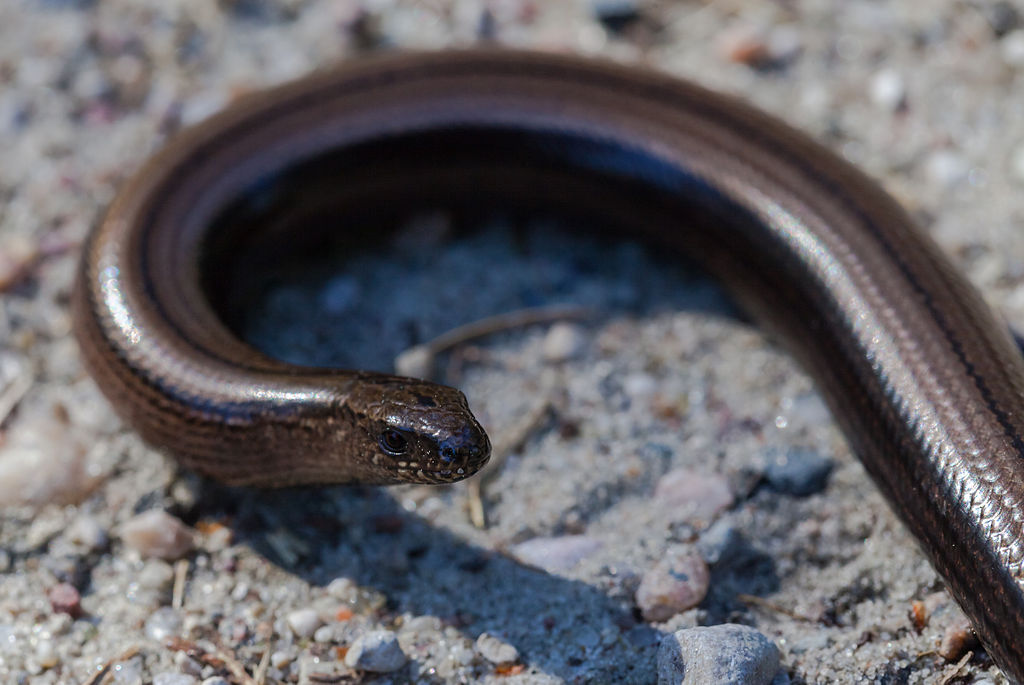When an injured or distressed wild snake comes into human care, the journey toward rehabilitation begins with establishing trust. Unlike domesticated animals, wild snakes have no innate reason to trust humans – in fact, quite the opposite. Their survival instincts categorize humans as potential predators. Yet, dedicated wildlife rehabilitators manage to bridge this gap, creating connections that enable healing and eventual release. This delicate process requires patience, expertise, and a deep understanding of snake behavior and psychology. Let’s explore how wild snakes gradually develop trust in their human caretakers, and the remarkable methods rehabilitators use to establish these vital connections.
Understanding Snake Psychology and Defensive Behaviors
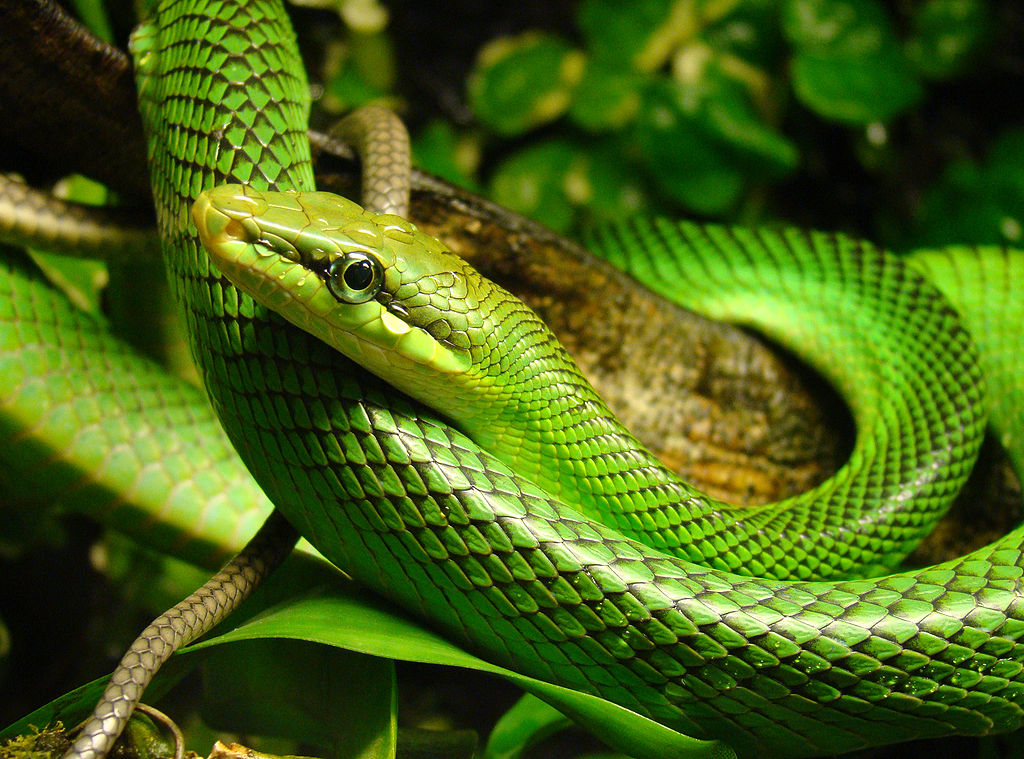
Wild snakes operate primarily on instinct, with their brain functions focused on survival, reproduction, and threat assessment. When a snake first encounters a rehabilitator, its immediate response is typically defensive – striking, hissing, musking, or attempting to flee. These reactions aren’t signs of aggression but rather natural protective mechanisms evolved over millions of years. The snake’s limbic system processes humans as large predators, triggering an immediate fight-or-flight response. Understanding this psychological foundation is crucial for rehabilitators, as it frames every interaction with the animal. Successful rehabilitation begins with respecting these natural responses rather than trying to override them immediately.
The Importance of Minimizing Initial Stress
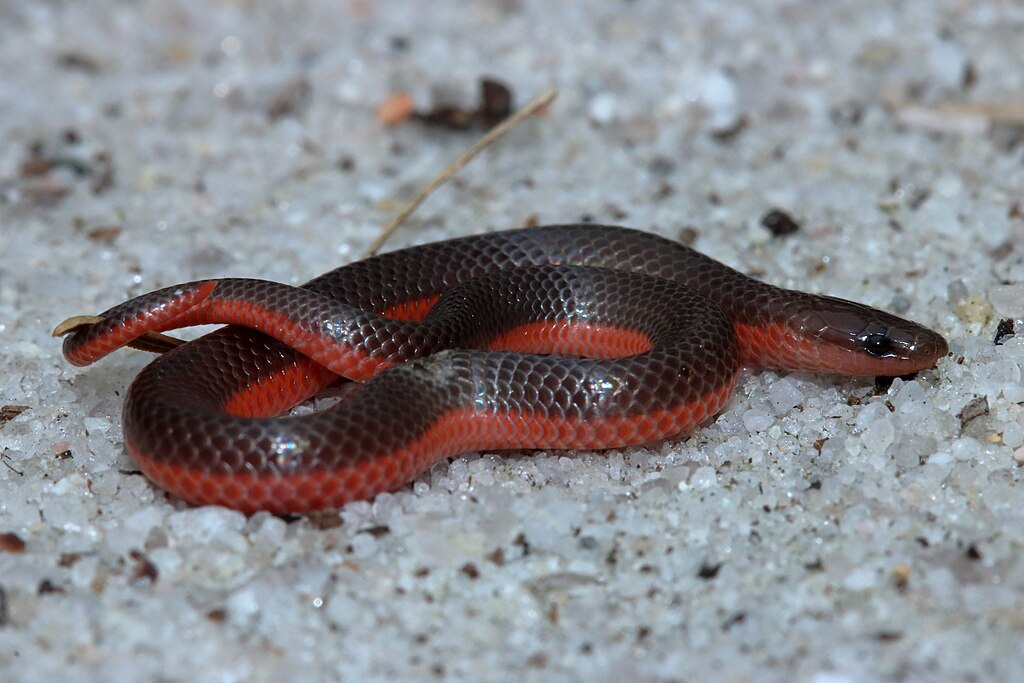
The first hours and days of rehabilitation are critical for establishing a foundation of trust with wild snakes. Experienced rehabilitators prioritize minimizing stress during this period by creating quiet, secure environments with appropriate hiding places that allow snakes to feel protected. Handling is kept to an absolute minimum – often limited to only medically necessary procedures. The rehabilitation space typically includes visual barriers that prevent the snake from constantly seeing human movement, which can trigger defensive responses. Temperature, humidity, and lighting are carefully controlled to match the snake’s natural habitat, preventing environmental stress that could compound the animal’s wariness of humans. This stress reduction approach sends an important first message to the snake: this new environment, while unfamiliar, is not actively threatening.
Establishing Predictable Routines
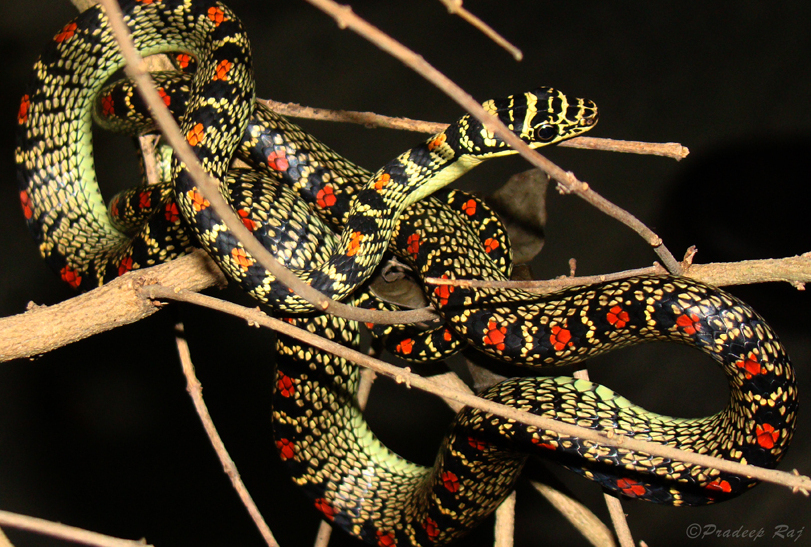
Wild snakes, like many animals, respond positively to predictability in their environment. Rehabilitators establish consistent routines for feeding, cleaning, and necessary medical treatments to help snakes develop a sense of environmental stability. This predictability allows the snake to begin distinguishing between threatening and non-threatening human activities. For example, a rehabilitator might always approach the enclosure from the same direction, use the same quiet vocal tones, and maintain the same body positioning when interacting with the snake. Over time, these consistent patterns help reduce the snake’s stress response as it learns that certain human behaviors do not result in harm. The snake begins to form neural associations between specific human activities and neutral or positive outcomes, a crucial first step in the trust-building process.
Positive Association Through Feeding
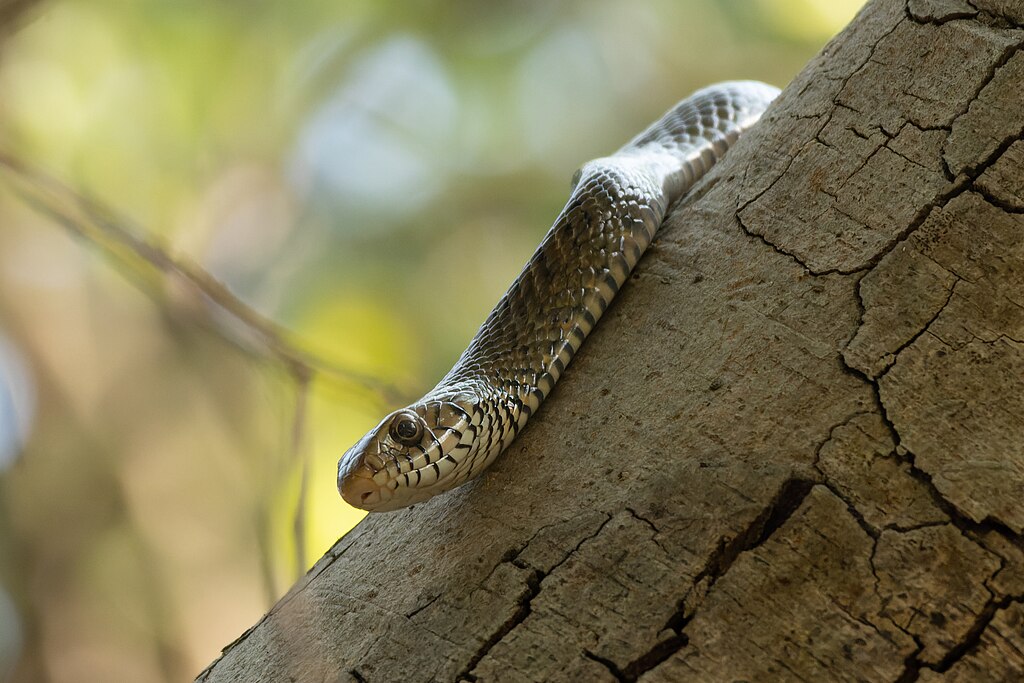
Food represents one of the most powerful tools in a rehabilitator’s trust-building arsenal. By establishing themselves as a reliable food source, rehabilitators can begin creating positive associations in the snake’s mind. Initially, many rehabilitators will leave appropriate prey items in the enclosure when the snake is not watching, allowing the animal to eat without feeling threatened by human presence. As rehabilitation progresses, the timing of feeding gradually shifts to create associations between the rehabilitator’s presence and the arrival of food. Some experienced rehabilitators will use feeding tongs that extend their reach, allowing them to offer food while maintaining a distance that feels safe to the snake. This methodical approach helps rewire the snake’s instinctive caution, teaching it that human presence can signal positive experiences rather than danger.
The Power of Neutral Contact
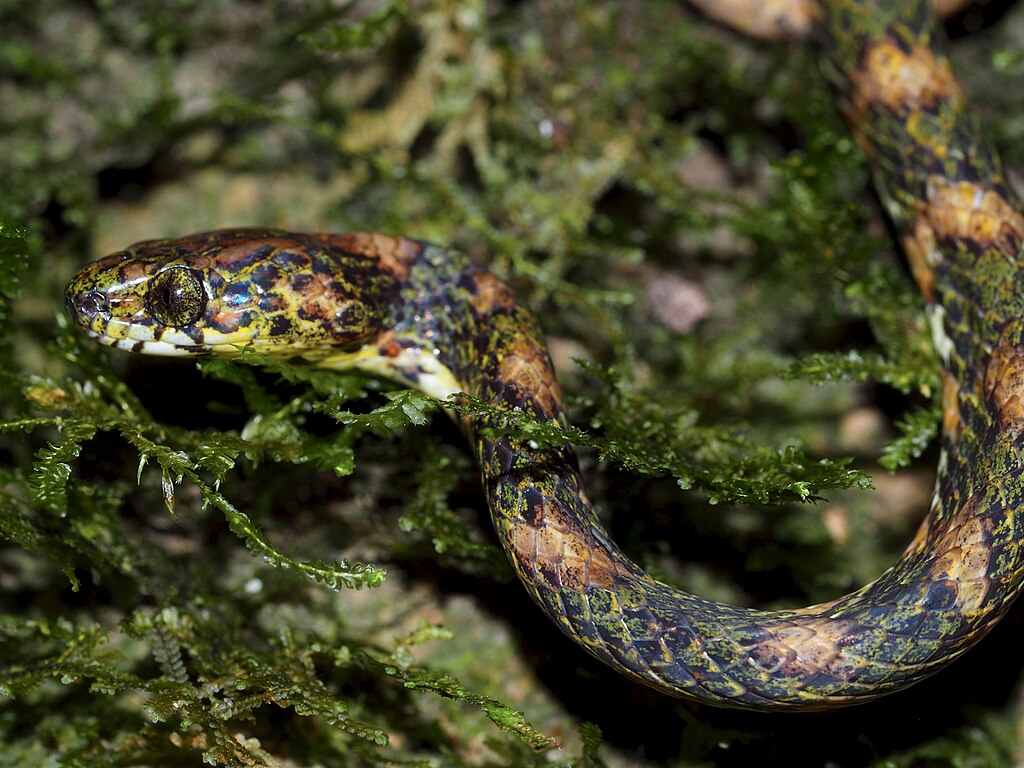
Trust-building with wild snakes often progresses through a phase of neutral contact – interactions that are neither threatening nor particularly rewarding for the snake. This might involve the rehabilitator simply sitting quietly near the enclosure for increasing periods, allowing the snake to observe human presence without any associated negative experiences. Some rehabilitators will gradually introduce their scent into the snake’s environment by placing a worn (but clean) cloth item near the enclosure, helping the snake become accustomed to human odors. During routine enclosure maintenance, movements are kept slow and deliberate, with the rehabilitator remaining visible to the snake rather than approaching from blind spots that might trigger defensive reactions. These neutral interactions serve to desensitize the snake to human presence, reducing its stress response over time.
Reading and Respecting Snake Body Language
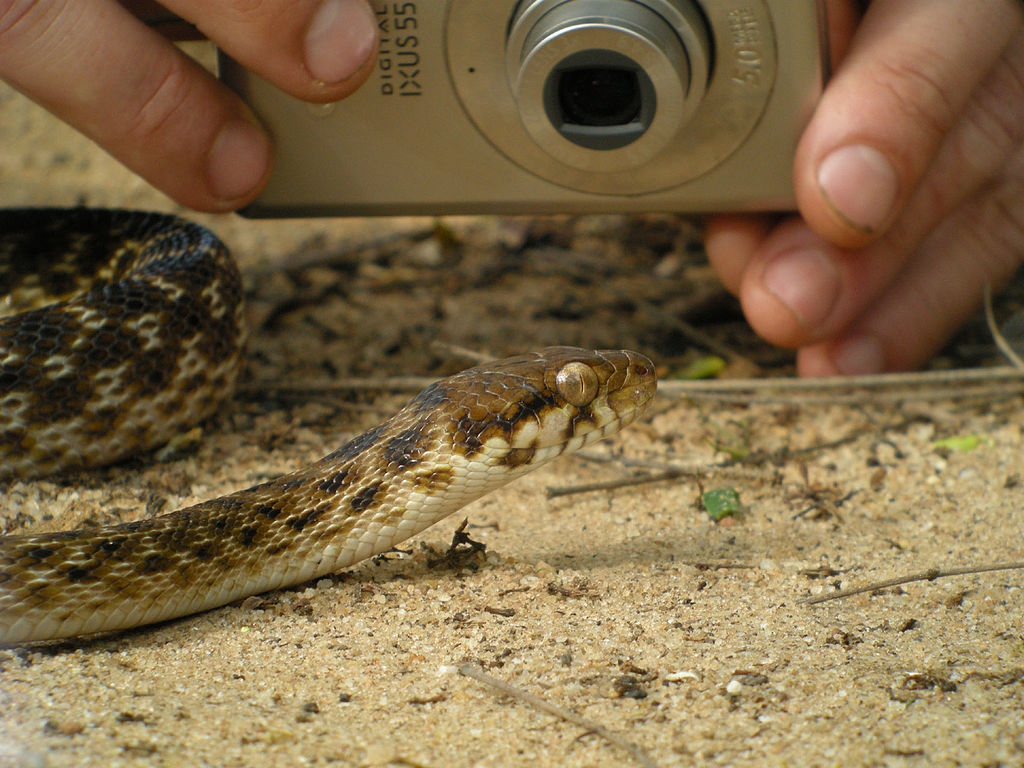
Successful rehabilitators become experts at interpreting subtle changes in snake body language, allowing them to gauge the animal’s comfort level and adjust their approach accordingly. A relaxed snake typically displays smooth body movements, exploratory tongue flicking, and willingness to maintain exposed positions rather than immediately seeking cover. Conversely, signs of stress include rigid body posture, defensive coiling, rapid or erratic movements, and refusing to eat or explore when humans are present. By closely monitoring these behavioral cues, rehabilitators can avoid pushing beyond the snake’s comfort threshold, which would damage the developing trust relationship. This responsive approach respects the snake’s boundaries while gradually expanding its tolerance for human interaction, creating a foundation for more direct trust-building activities.
The Habituation Process
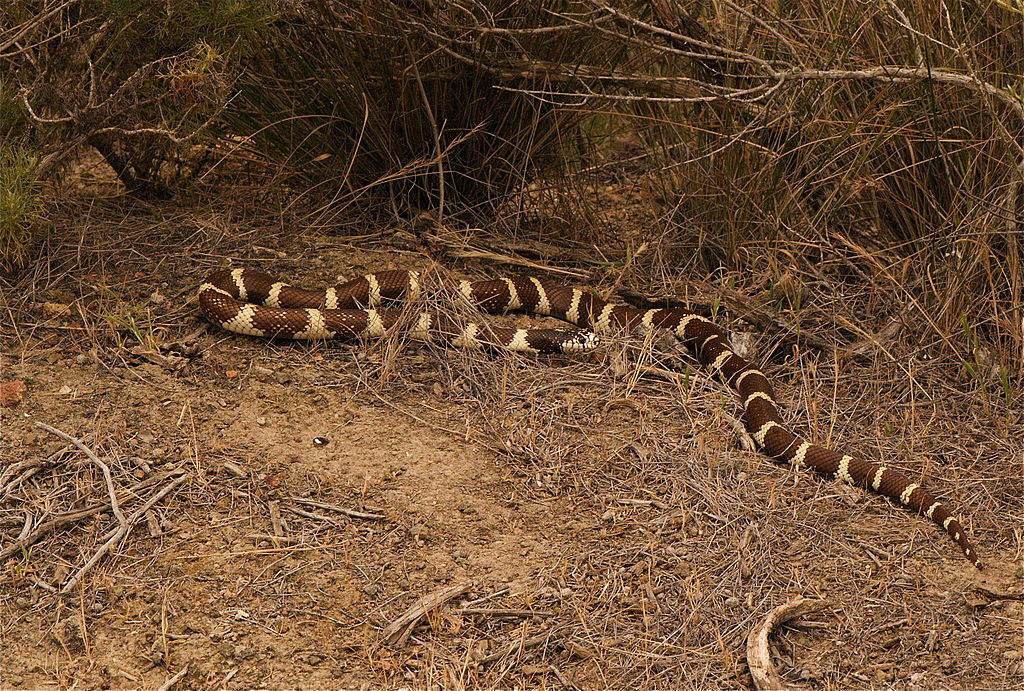
Habituation – the process by which animals become accustomed to initially frightening stimuli through repeated exposure without negative consequences – forms a cornerstone of snake rehabilitation. For wild snakes, the human form, scent, and movements represent potential threats that trigger defensive responses. Through carefully controlled exposure, rehabilitators help snakes habituate to human presence. This process might begin with very brief periods of visibility, gradually increasing as the snake shows decreased stress responses. The rehabilitator might start by simply passing by the enclosure, then progress to standing near it, and eventually to remaining present while the snake eats or explores. Each step builds upon previous successes, with the rehabilitator carefully monitoring the snake for signs of stress that would indicate they’re moving too quickly. Successful habituation doesn’t mean the snake becomes “tame,” but rather that it no longer perceives routine human activities as immediately threatening.
Species-Specific Approaches to Trust Building
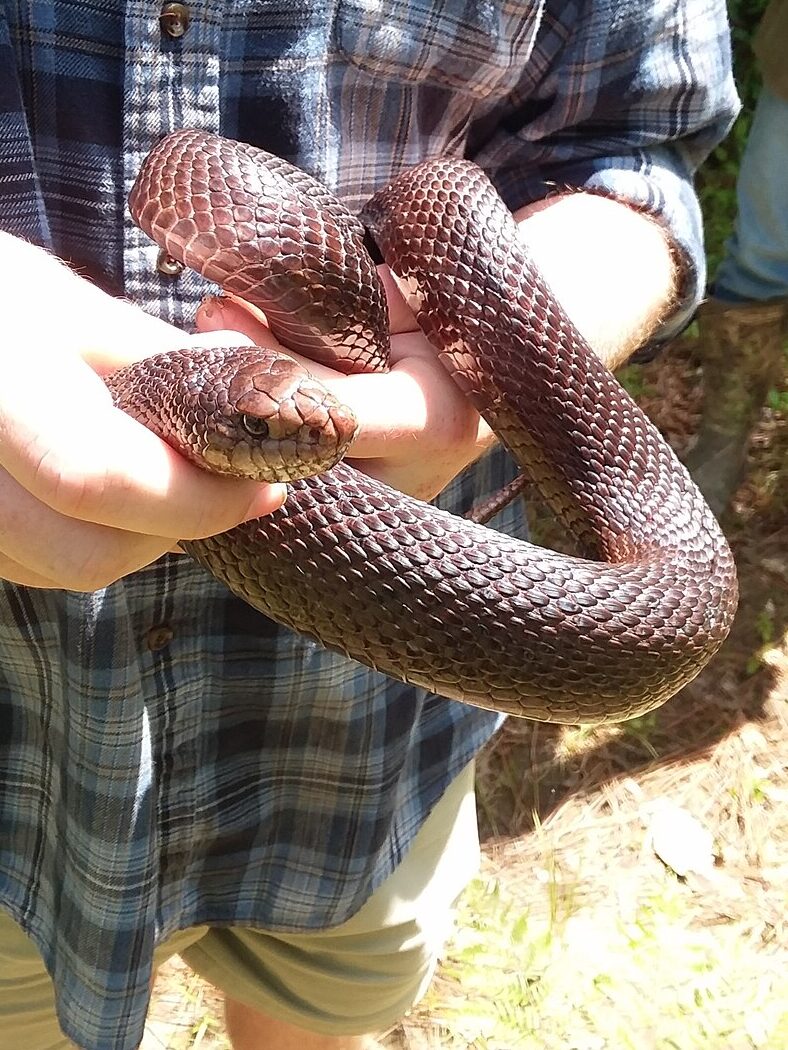
Different snake species require tailored approaches to rehabilitation and trust building based on their natural behaviors and temperaments. Arboreal species like emerald tree boas might require vertical hiding spaces and minimal ground-level approaches to feel secure. Highly defensive species such as certain rattlesnakes or cobras may need significantly longer habituation periods and specialized handling equipment throughout rehabilitation. Some species, like king snakes or rat snakes, generally adapt more quickly to captive environments and human interaction. Experienced rehabilitators adjust their techniques based on these species-specific considerations, recognizing that what builds trust with one type of snake might trigger defensive responses in another. This customized approach respects the evolutionary adaptations and natural behavioral patterns of each species, improving rehabilitation outcomes.
The Role of Environmental Enrichment
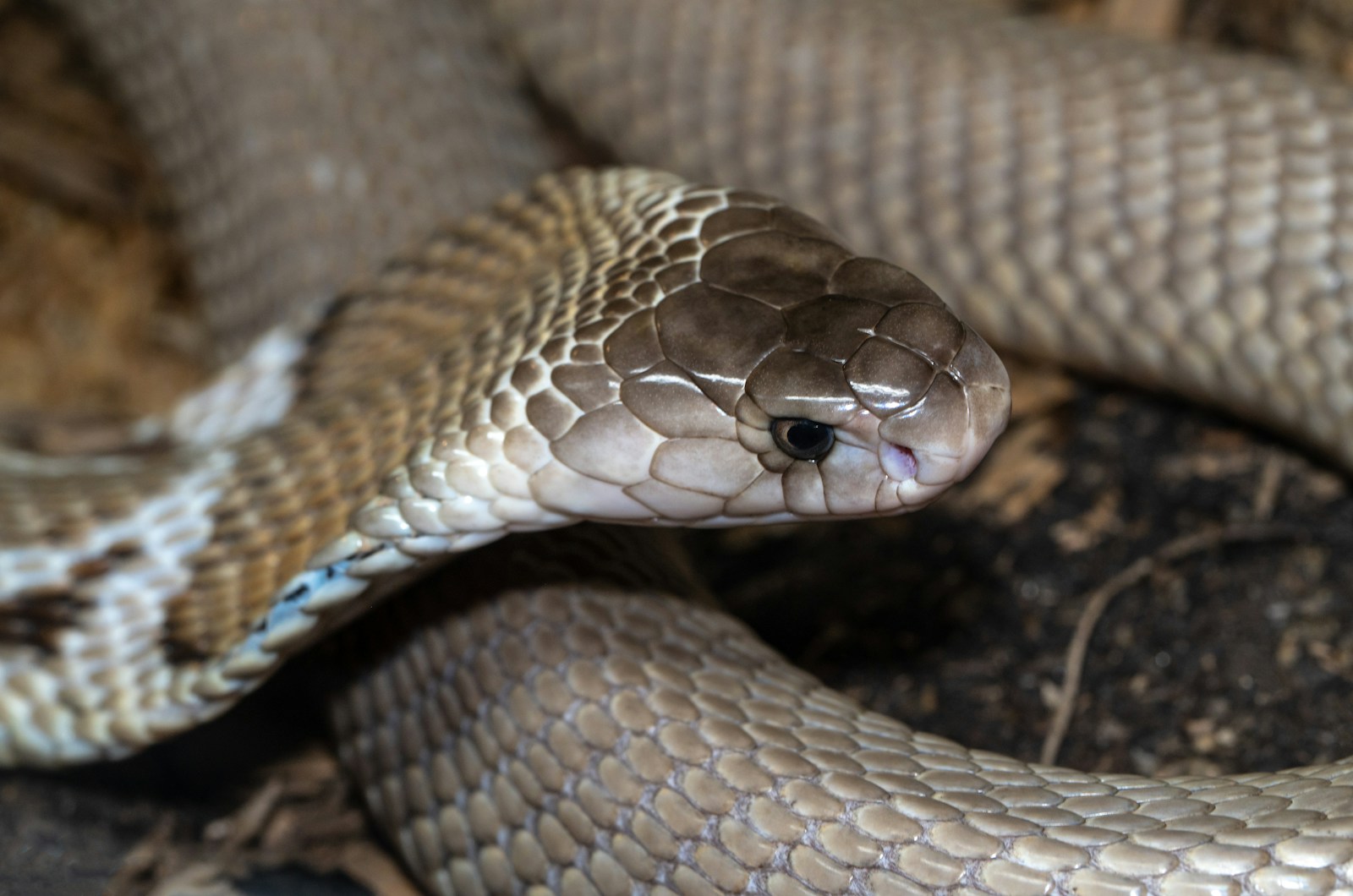
Providing appropriate environmental enrichment plays a surprisingly important role in building trust with rehabilitating snakes. A properly enriched habitat with varied terrain, climbing opportunities, multiple hiding options, and temperature gradients allows snakes to express natural behaviors and exercise control over their environment. This sense of security and control reduces baseline stress levels, making snakes more receptive to trust-building efforts. Rehabilitators often introduce new enrichment items when the snake is not present, then observe how the animal explores and utilizes these additions. As the snake becomes more comfortable, the rehabilitator might add or modify enrichment while the snake is visible, helping the animal associate human activity with positive environmental changes. This approach helps shift the snake’s perception of humans from threats to neutral or even beneficial presences in their environment.
The Handling Progression

Direct handling represents one of the most challenging aspects of building trust with wild snakes, yet it’s often necessary for medical treatment and pre-release assessments. Experienced rehabilitators follow a careful progression that respects the snake’s comfort levels while gradually introducing physical contact. This might begin with brief, necessary handling using appropriate tools like snake hooks or tubes to minimize stress and risk. Over time, as the snake shows decreased defensive responses, handling sessions might become slightly longer or involve more direct contact. Throughout this progression, the rehabilitator remains attentive to stress signals, immediately adjusting their approach if the snake shows signs of significant distress. The goal isn’t to create a snake that enjoys handling, but rather one that can tolerate necessary human contact without experiencing extreme stress that could impact its health or rehabilitation progress.
Trust Building During Medical Treatment

Medical interventions present particular challenges for trust building, as they often involve procedures that are inherently stressful or uncomfortable for the snake. Skilled rehabilitators develop techniques to minimize the negative associations snakes might form during treatment. Many will separate medical procedures from regular habitat spaces, using dedicated treatment areas so the snake doesn’t associate its primary environment with stressful experiences. Some rehabilitators pair necessary medical interventions with positive experiences, such as offering food rewards shortly after treatment when appropriate. For ongoing treatments like wound cleaning or medication administration, rehabilitators often develop predictable routines that help the snake anticipate what will happen, reducing the stress of uncertainty. These thoughtful approaches help prevent medical care from undermining the trust-building process, allowing rehabilitation to progress despite necessary interventions.
Recognizing Indicators of Developing Trust
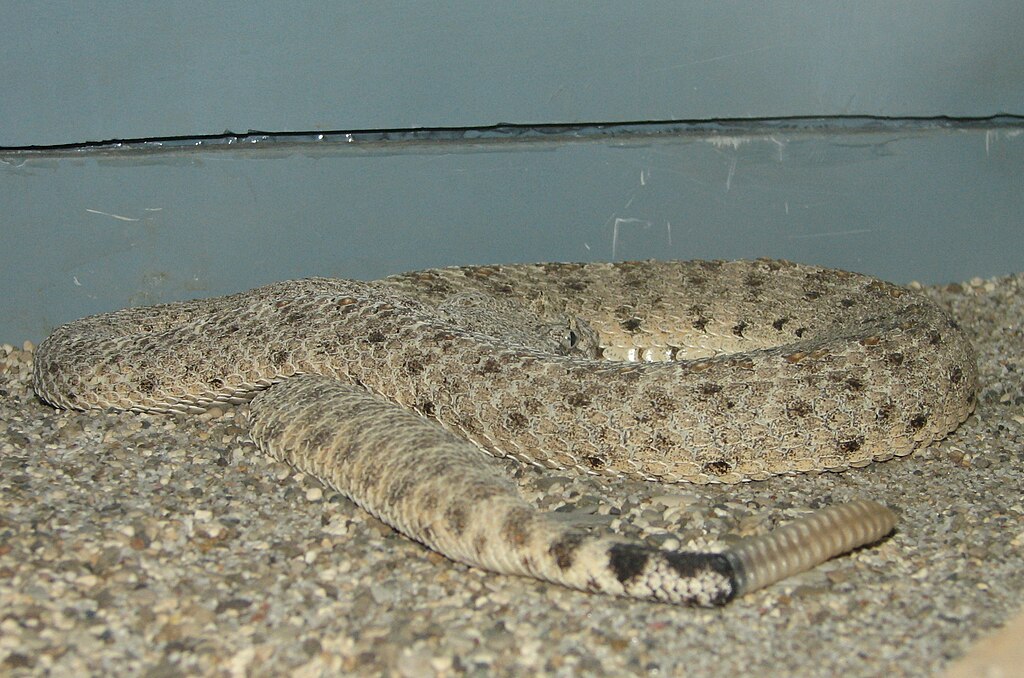
As wild snakes begin to develop trust in their rehabilitators, they display subtle but recognizable behavioral changes that indicate progress. One significant indicator is a reduction in defensive posturing when the rehabilitator approaches the enclosure. Snakes that previously fled to hiding spots might remain visible, continuing normal behaviors like basking or exploring despite human presence. Feeding responses often improve, with snakes willing to accept food while the rehabilitator remains nearby rather than waiting until the human leaves. Some snakes begin showing curiosity about their caretakers, approaching the glass or tracking the rehabilitator’s movements without defensive positioning. These behavioral shifts don’t indicate that the snake has become domesticated, but rather that it has learned to categorize the specific humans caring for it as non-threatening entities in its environment – a remarkable neurological adjustment for a wild animal.
Preparing Trust-Built Snakes for Release
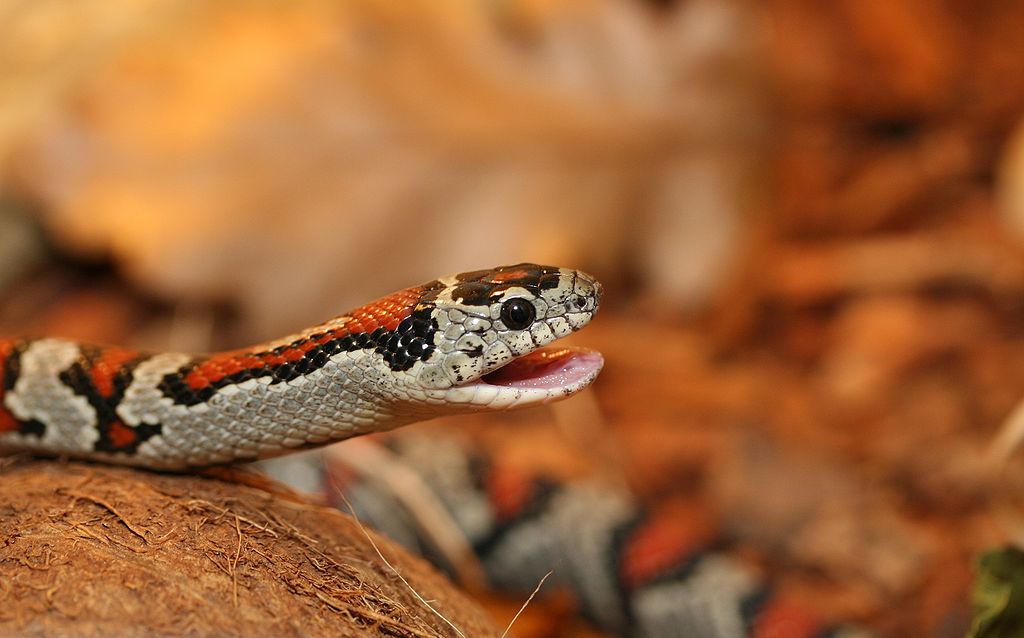
The ultimate goal of wildlife rehabilitation is release, which requires careful management of the trust built between snake and rehabilitator. In the final stages of rehabilitation, experienced professionals begin a process sometimes called “wild-up” – gradually reducing the positive associations the snake has formed with humans. This might involve changing handling routines to become less predictable, minimizing direct contact except for necessary health checks, and altering feeding methods to more closely mimic how the snake would encounter prey in the wild. Some rehabilitators will introduce natural environmental challenges that help the snake reactivate its wild instincts and problem-solving abilities. This delicate balance helps maintain the snake’s hard-won trust during final rehabilitation while preparing it for survival in an environment where wariness of humans is a beneficial trait. A successfully rehabilitated and released snake should retain enough of its wild nature to avoid human contact while carrying no trauma from its rehabilitation experience.
Conclusion

The process of building trust with wild snakes represents a remarkable intersection of animal behavior science, veterinary care, and human compassion. Successful rehabilitators don’t seek to tame these animals, but rather to create temporary bridges of understanding that facilitate healing and recovery. Through careful attention to snake psychology, consistent application of positive and neutral interactions, and deep respect for each animal’s natural behaviors, rehabilitators establish enough trust to provide effective care without compromising the snake’s wild nature. This delicate balance highlights the nuanced relationships possible between humans and wildlife when approached with patience, knowledge, and respect for evolutionary boundaries. The most successful rehabilitation outcomes occur when a fully recovered snake returns to the wild with its natural behaviors intact – a final demonstration of the trust that made its recovery possible.

